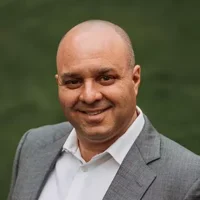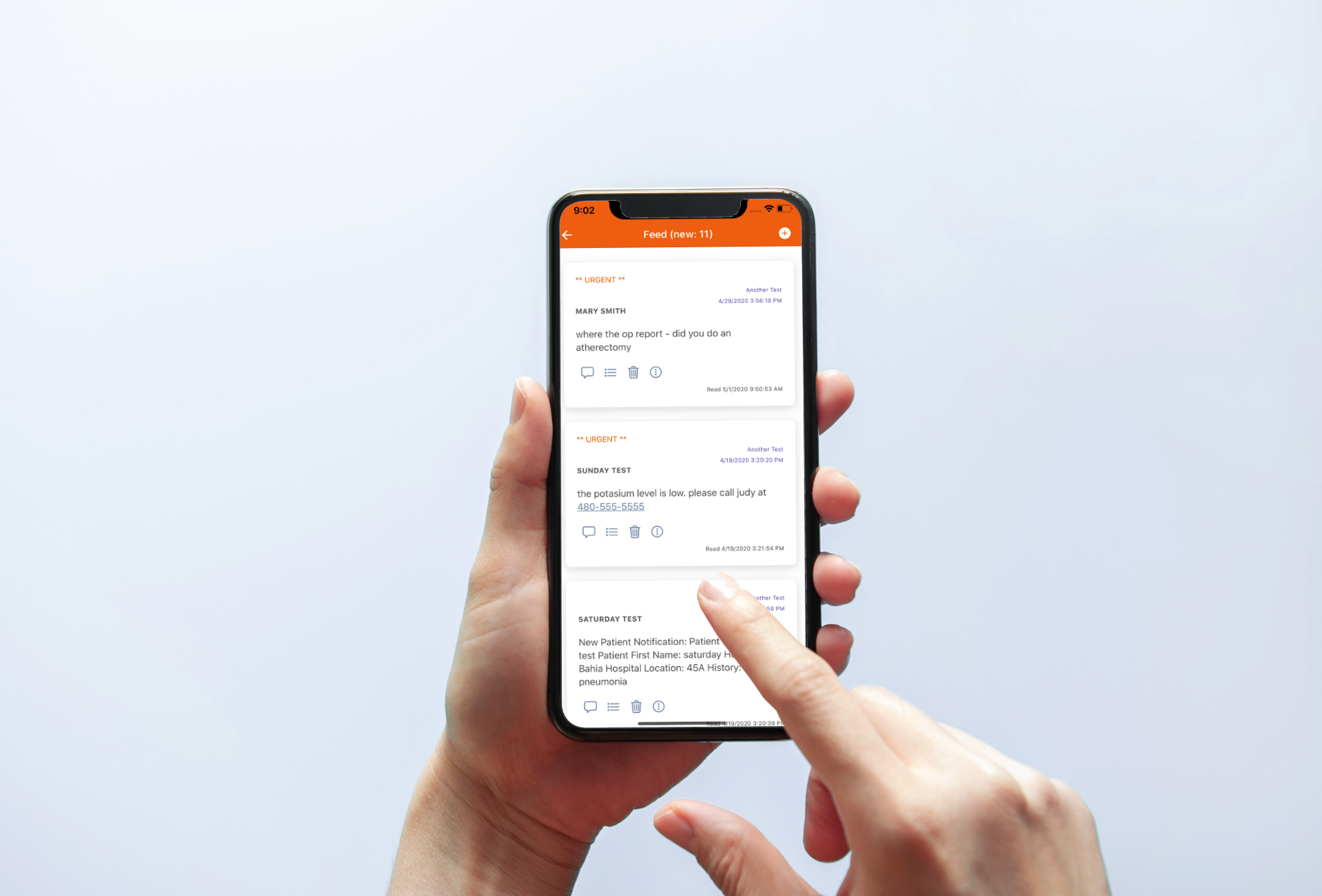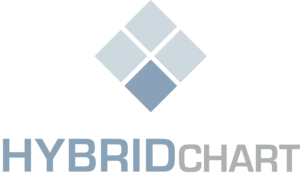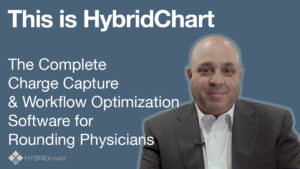Long gone are the good old days of pagers and fax machines to help doctors and practices communicate (thank goodness). With the recognition of patient privacy needs and advancements in technology, there are now secure electronic options for messaging. Which should you choose? What do you really need?
Privacy Is the Priority
Providers and staff need to communicate with each other, but the content of the messages involve the personal and medical information of patients. The emergence of HIPAA laws at the federal level were designed to ensure that sensitive patient information is protected. Prior to that practices routinely used text messaging or other modes that clearly did not protect PHI (patient health information). When I first started in private practice we used to fax patient lists and sign-outs amongst the doctors, but it was all we had.
The Secure Silo
We are all familiar with texting and email by now. So what if we just made it secure? Many platforms adopt this approach. It looks and feels like texting, but everything is encrypted. Some go even so far as to have an expiration date, after which a message is permanently deleted. While this approach solves several issues, it does not address what I call “silo’d messages”: conversations between two doctors, or a staff and a provider, which are not visible to other members of the practice. Not every conversation needs to be shared, but looping other people in can be cumbersome. From a security standpoint I am all for messages disappearing into the mist, never to be seen again. From a practical point of view, I have personally looked back for messages, they are already gone, and uttered some bad words under my breath.
Patient-Centric Models
This unique approach offers a secure message board or chat room per patient, in which everyone from the practice can participate and exchange messages. Tagging specific users makes it less of a free-for-all. Joining the conversation is easy because you can see all previous messages regardless of recipients and authors, so jump in any time. The main disadvantage is that you are limited to patients in your system. We use this approach for our hospital rounding and charge capture solution, and it works well for patients actively on the census list. However, since you know which patient room you are in, there is instant context, so I do not need to start every message with “remember patient so-and-so in room…”.
Unite the Whole Practice
When the lines of communication open up in a practice, mainly because it becomes easy, it is like a tidal wave. Departments that typically did not converse in real-time suddenly become empowered. Billers start pinging doctors, schedulers can easily convey consults and call-back requests – everyone is connected. Workflows start to streamline themselves as critical information starts to exchange in a timely manner. Turns out practices function better with more communication (who knew?), and when there is the option for easy messaging from a mobile device or desktop. Please note that you can no longer hide behind the “I didn’t get it excuse” – most solutions have read receipts with date/time stamps. Oh, how I miss the good old days.
Bundle Messages With Important Tasks
To help improve efficiency in your process it helps when the secure messaging is incorporated into the workflow itself, instead of being a separate service. Let’s go back to the hospital rounding example: if a consult comes in to a front office staff member, they have to take down the information, potentially put it into rounding software, but then also let the provider(s) know about the new patient. Makes more sense to package these actions together – enter the information directly into the rounding software, and then with a few clicks, the providers are automatically alerted (securely). This task-bundling approach makes the experience better for staff and doctors.
There are plenty of secure messaging options out there for your practice. Adopting one will immediately solve the privacy issues so that you are doing your part to protect patient privacy. Whether you choose a stand-alone version which functions like texting, or one packaged with your charge capture software, incorporating it into your overall workflow will improve efficiency. I would highly suggest looking into a patient-centric version, where the patient context is built-in, which offers a better user experience overall.
https://hybridchart.com/wp-content/uploads/2019/11/HC-Logo-Primary.png
For A Better Hospital Rounding Experience
At HybridChart, we provide technology that connects your healthcare team, increases efficiencies, AND improves your bottom line. HybridChart’s cloud-based software adapts to your practice’s unique workflow and will improve your profitability and patient outcomes by utilizing our 5 features: charge capture, census management, secure messaging, discharge planning, and data analytics.
NEVER miss another charge and get PAID for the work you do!
If you are interested in taking your medical practice to the next level and want to employ the best hospital charge capture practice available in the industry, come visit our website at www.hybridchart.com, call us at 1-877-977-5544, or click here to schedule a demo today!







